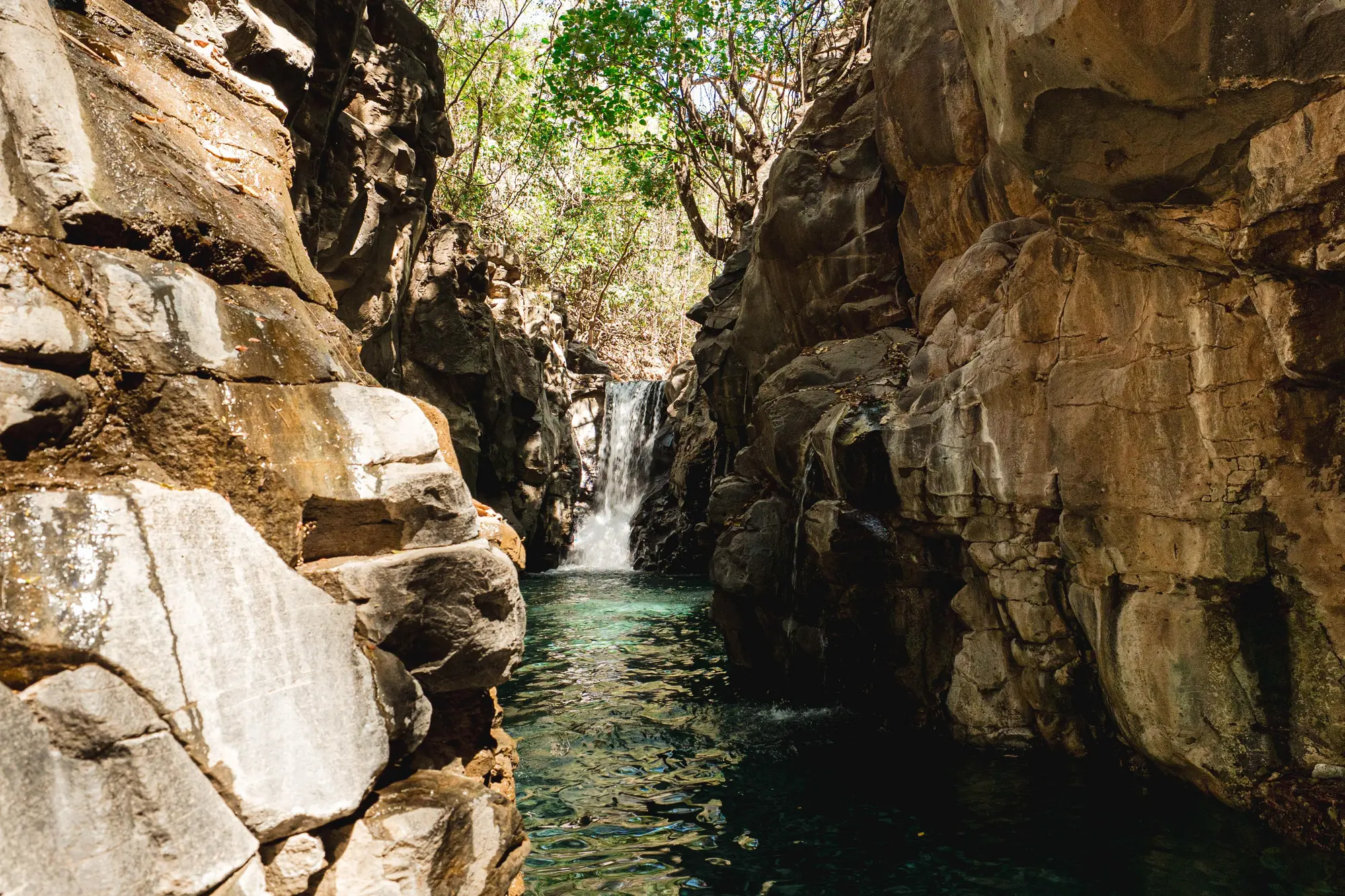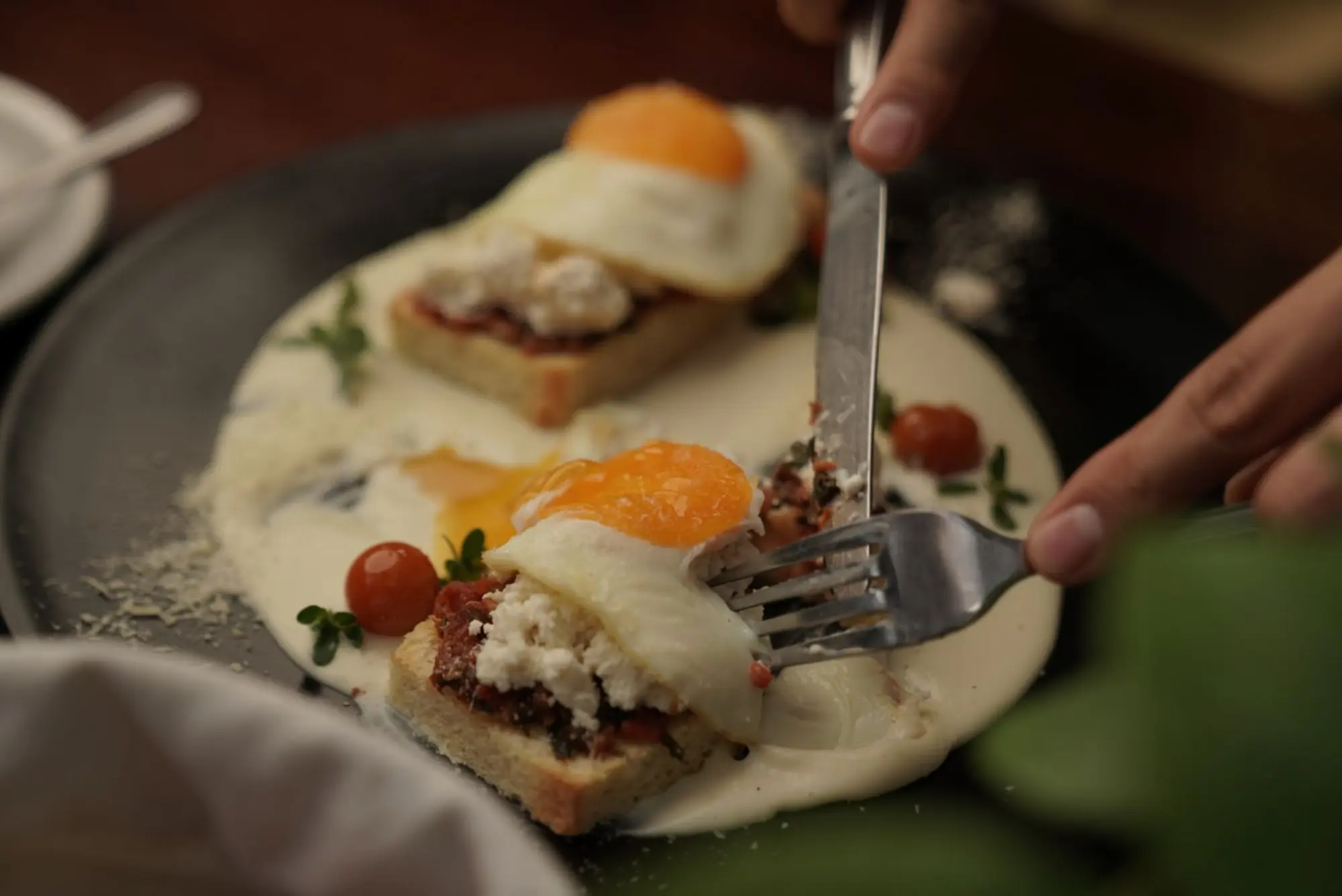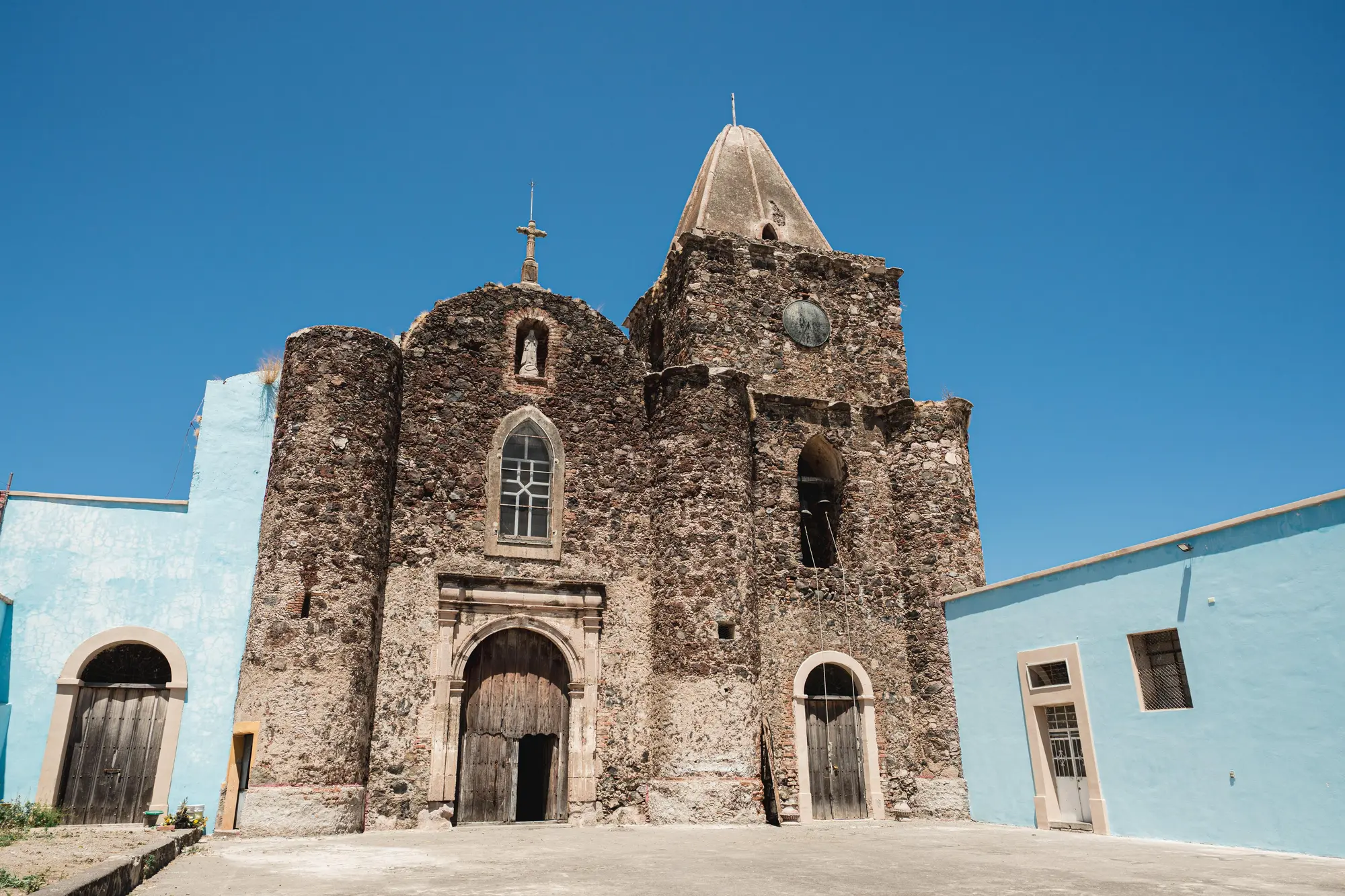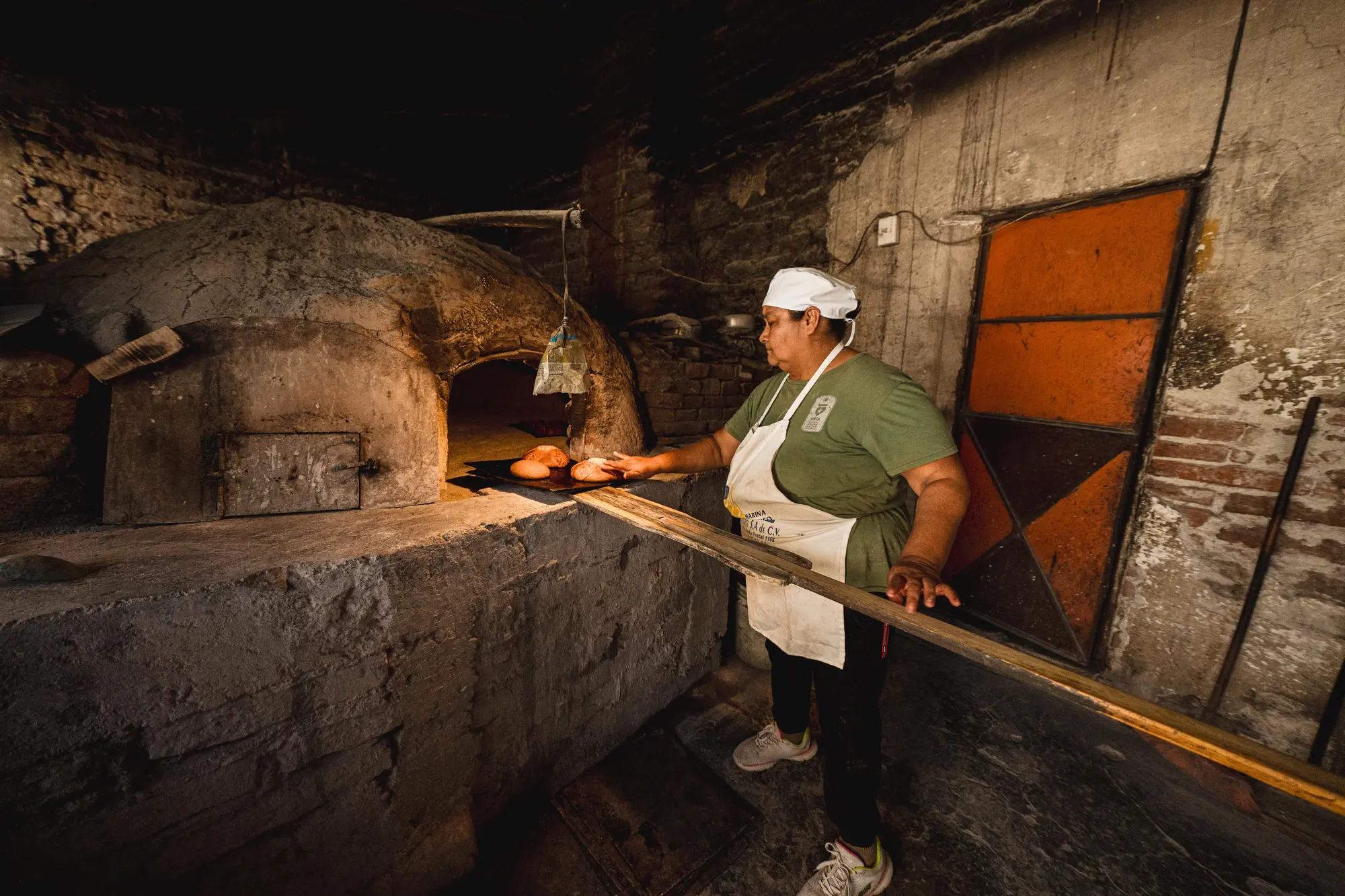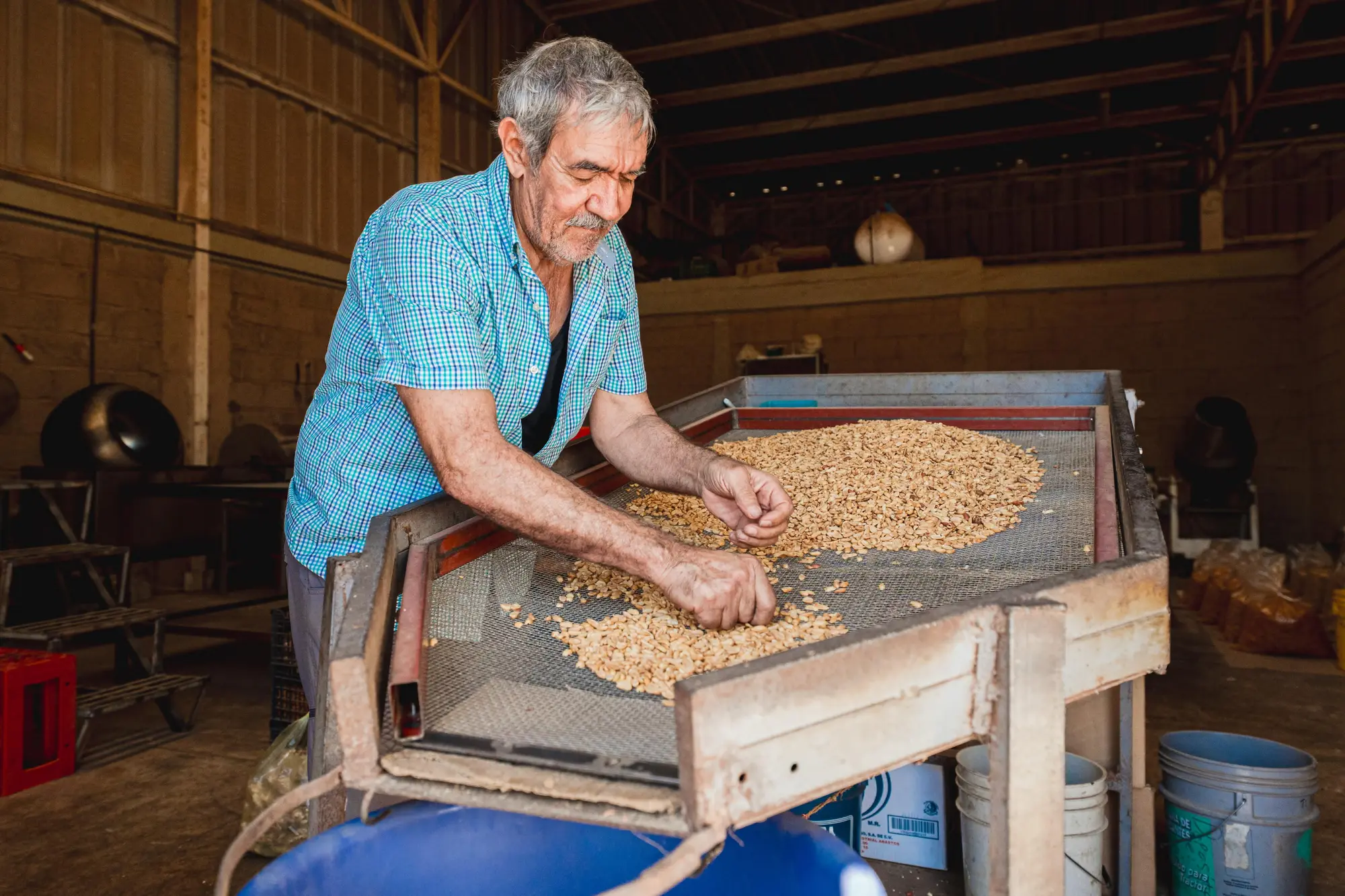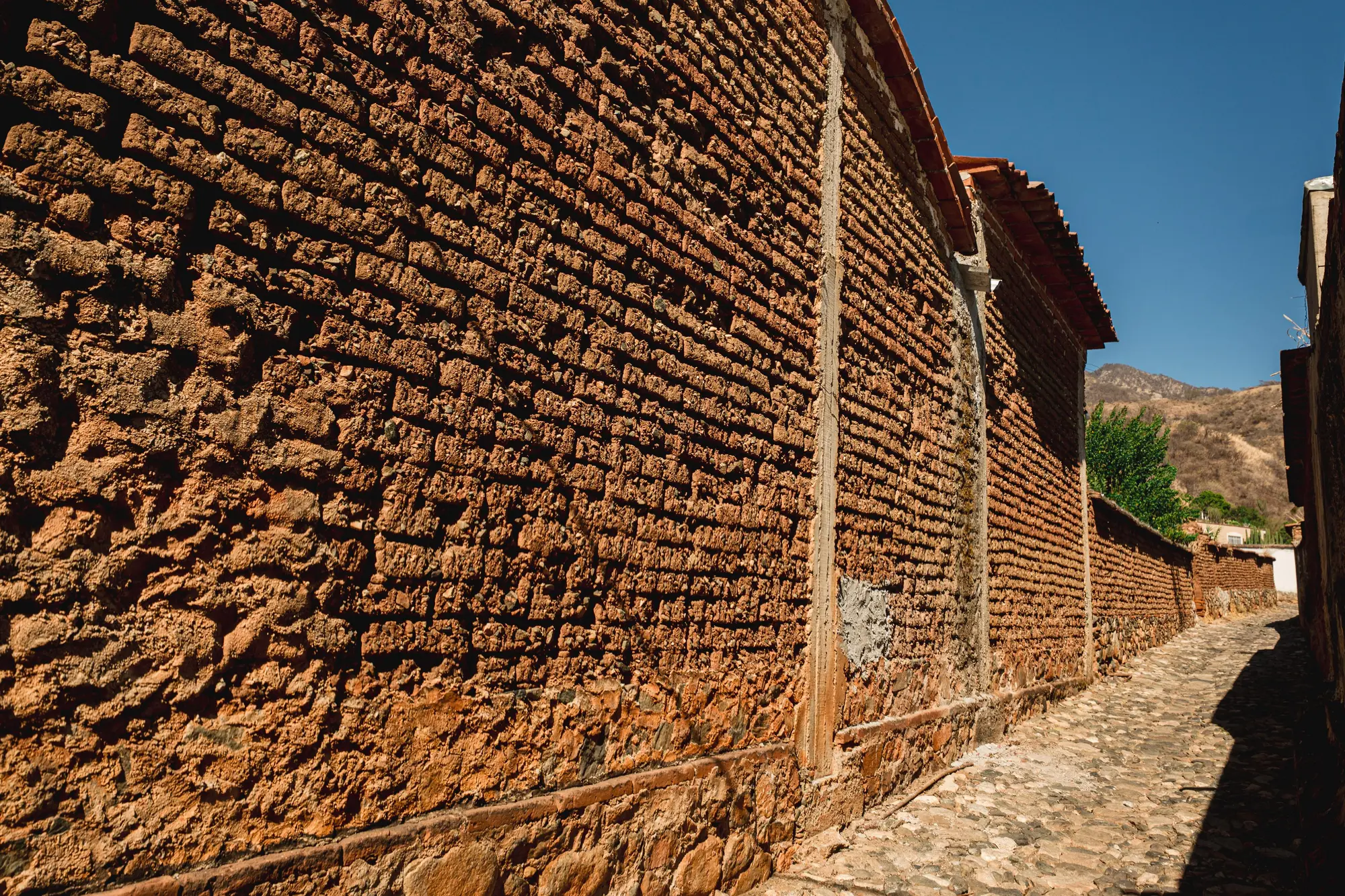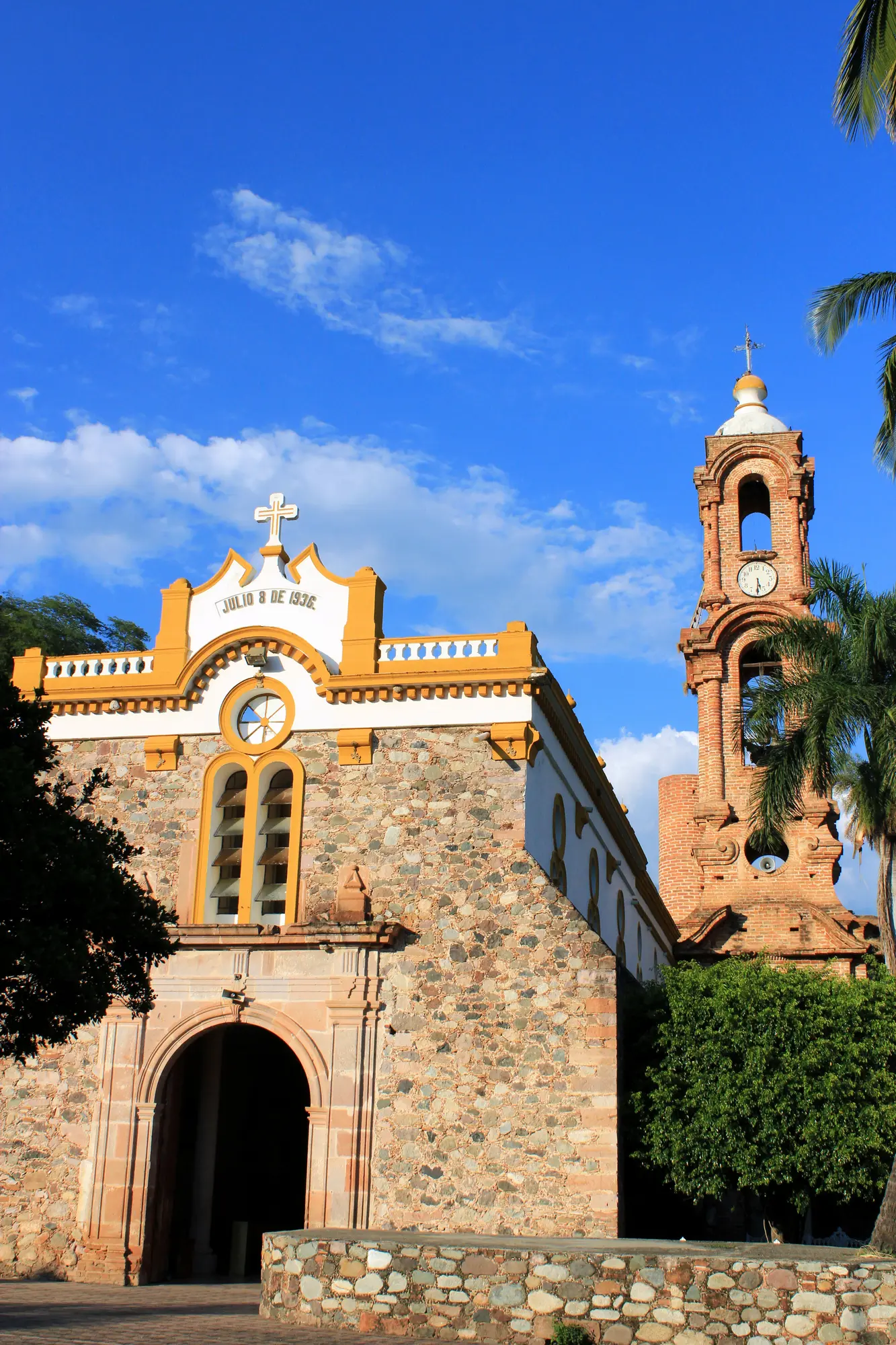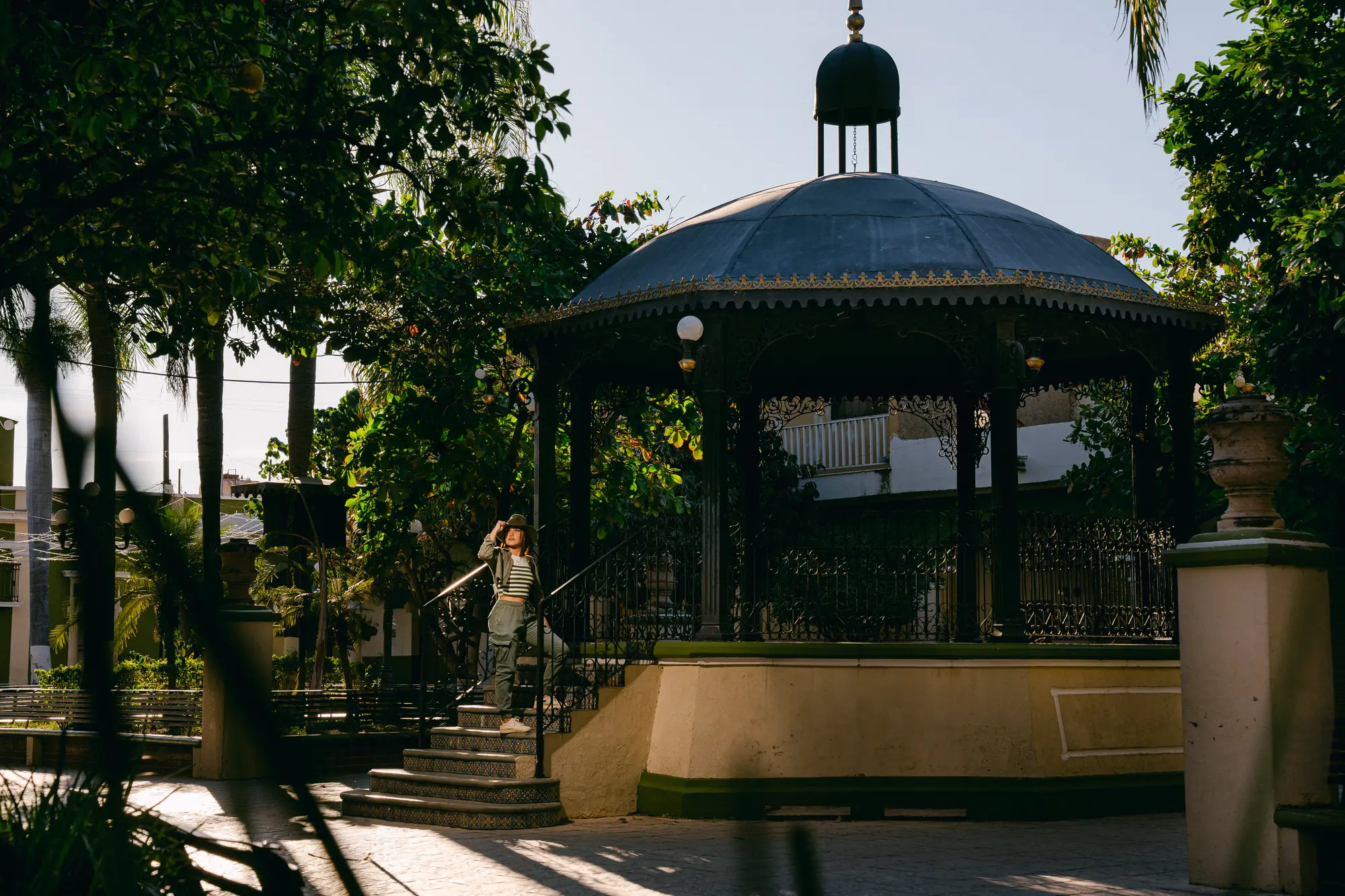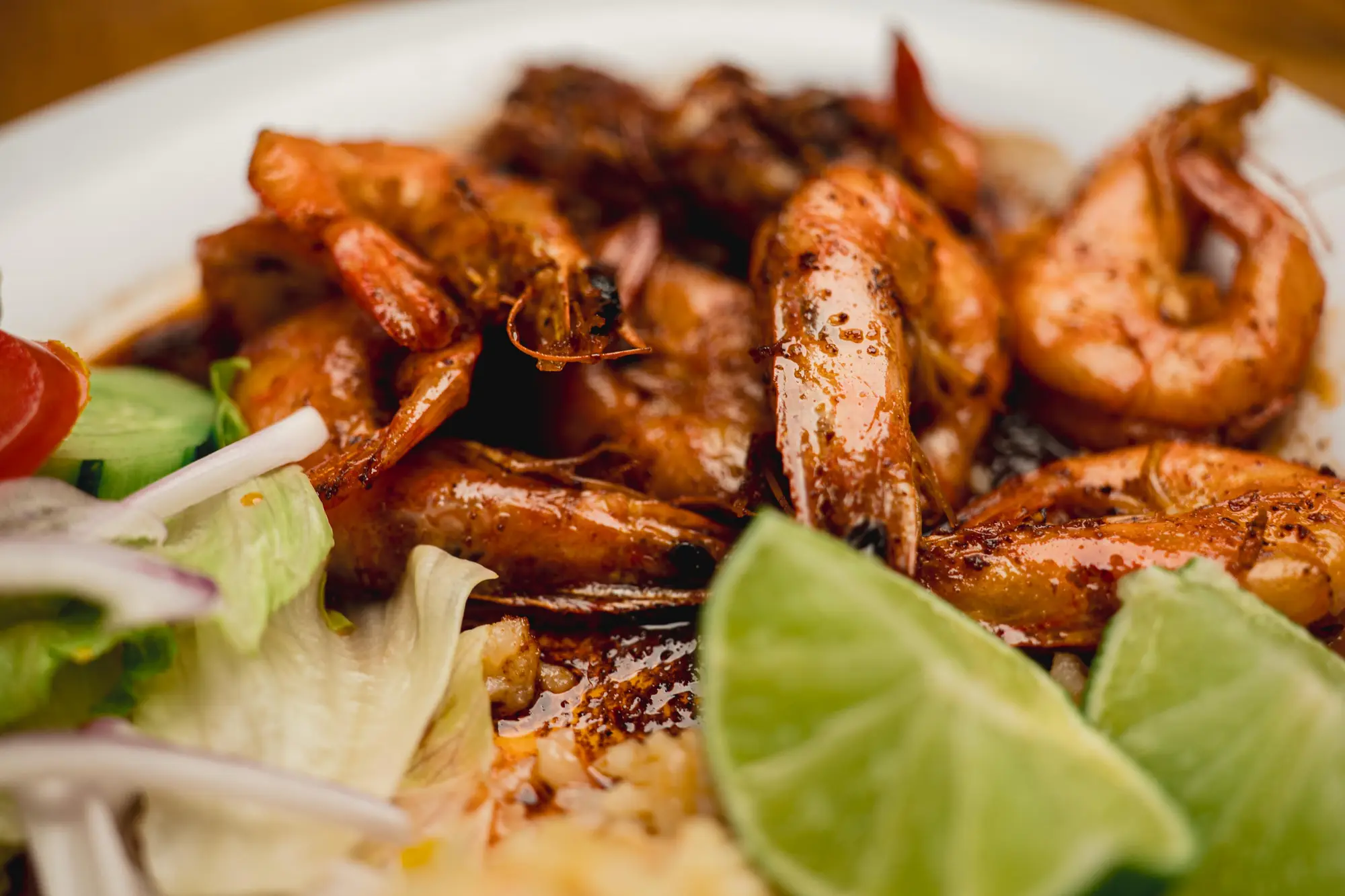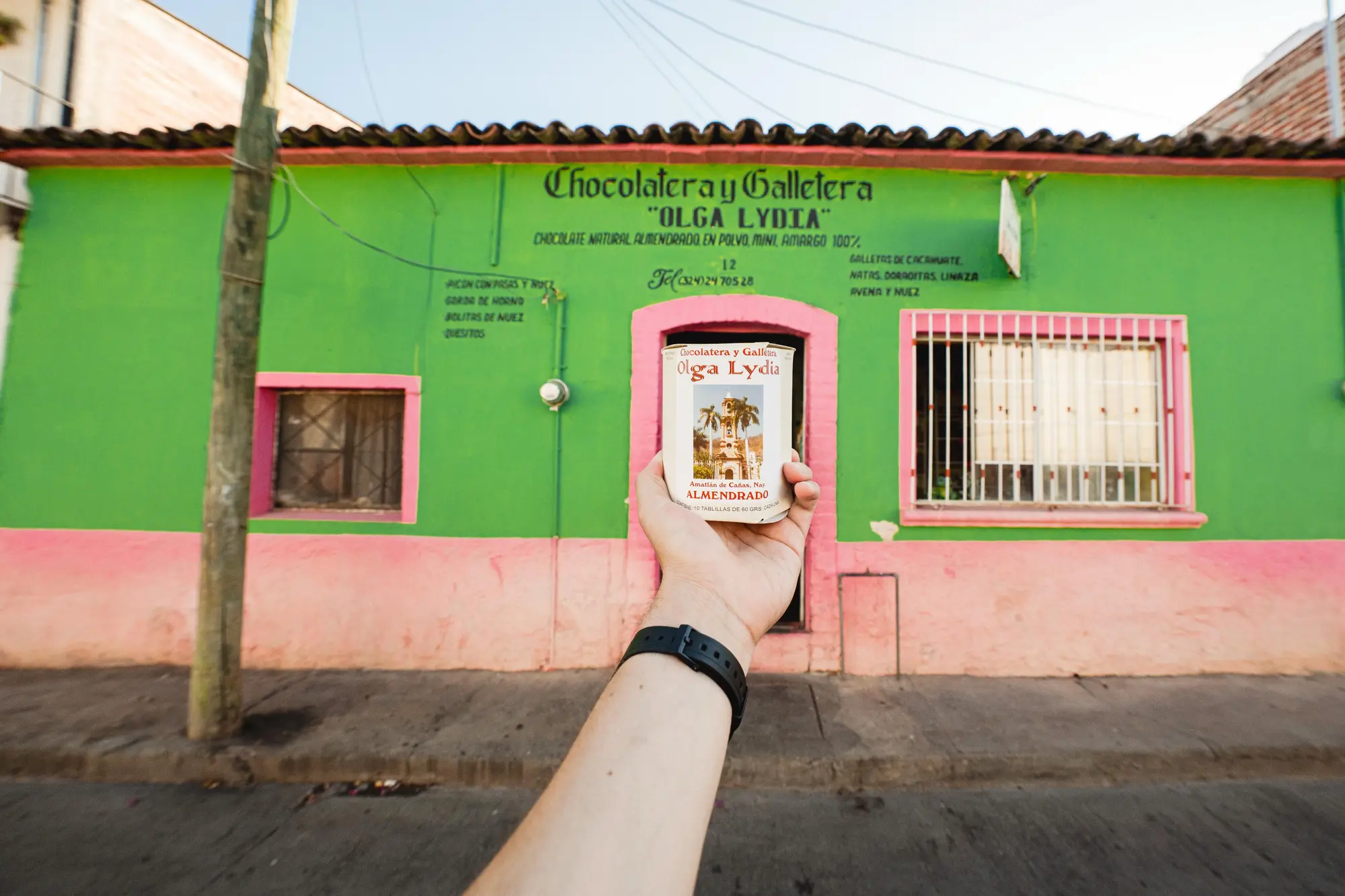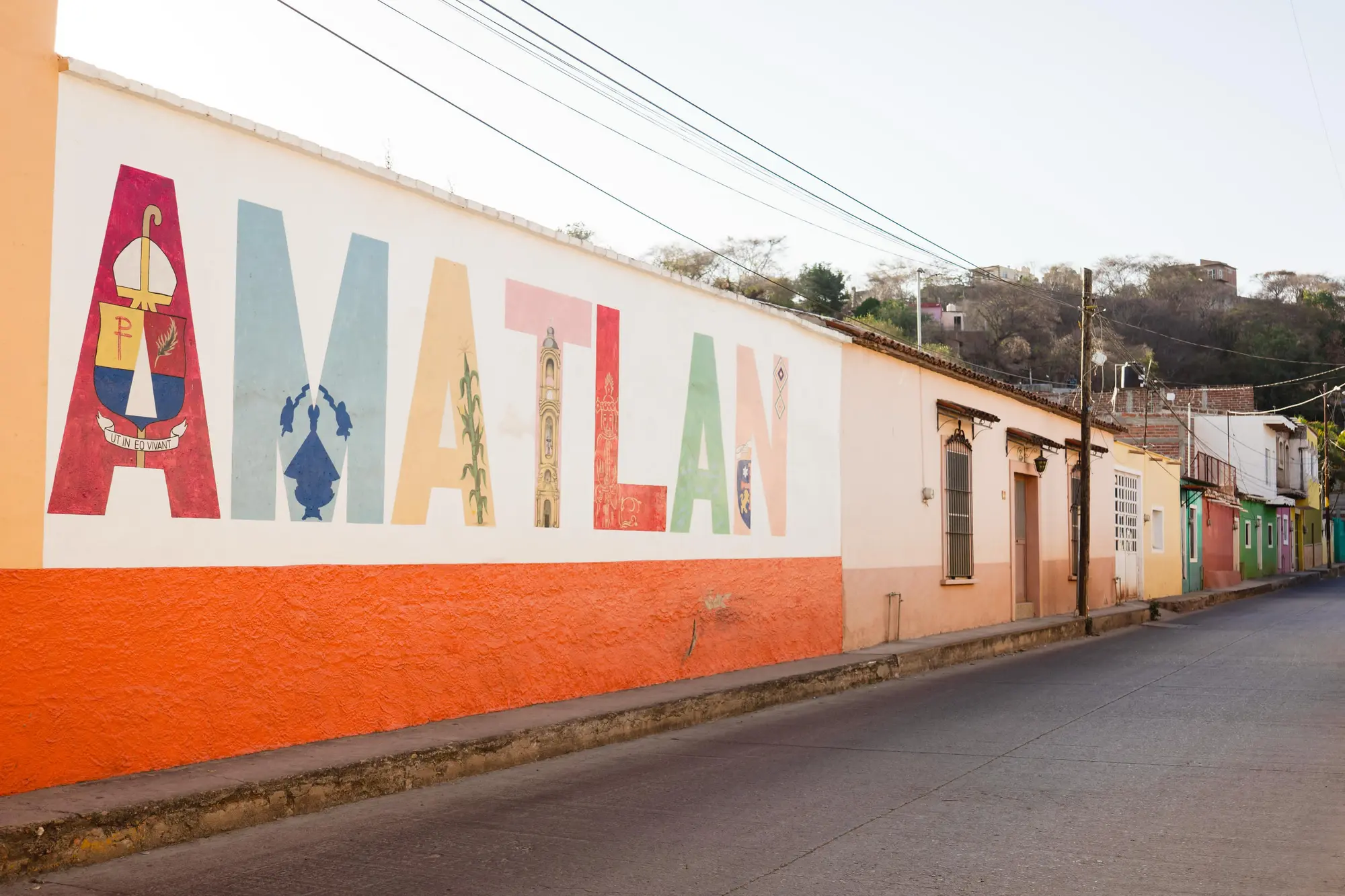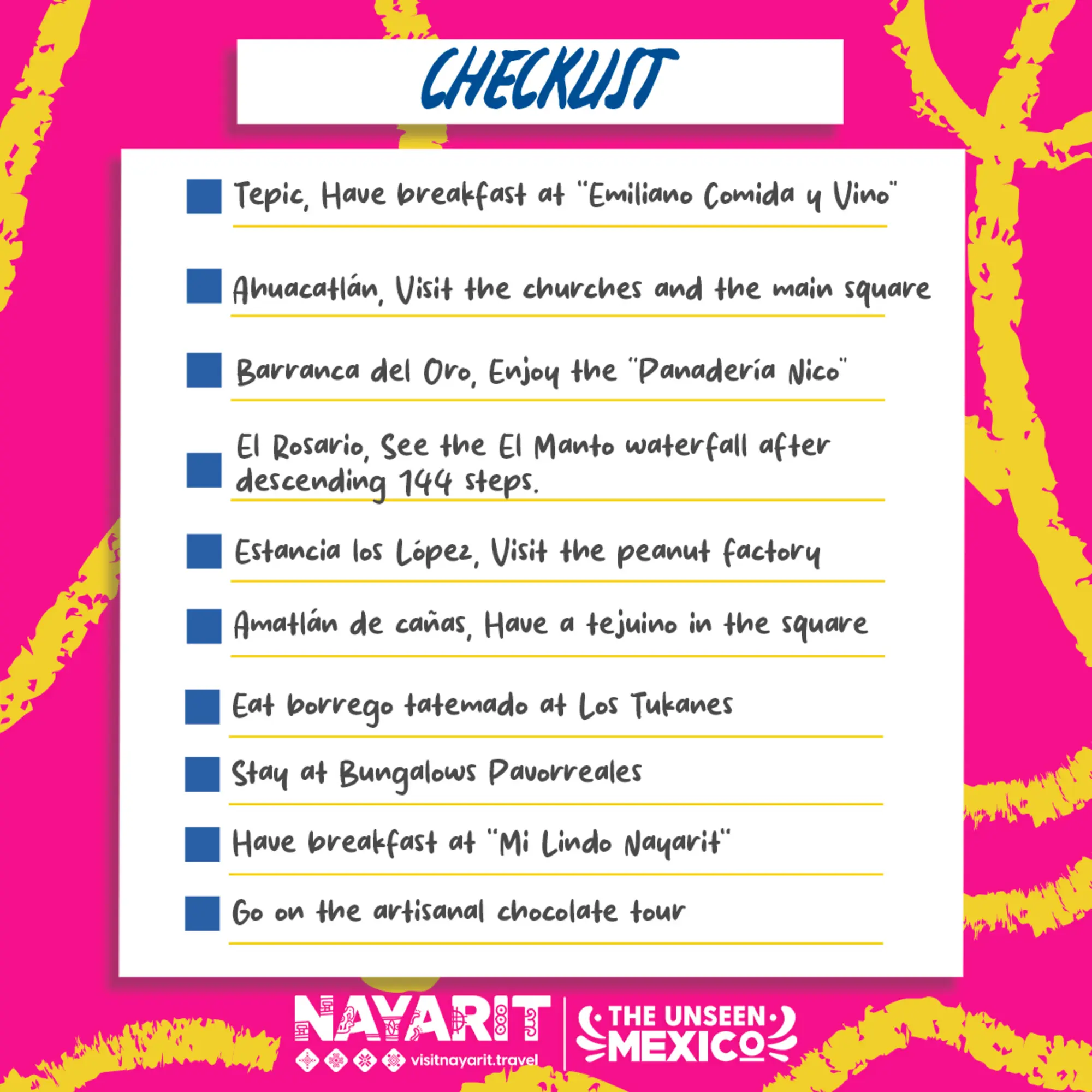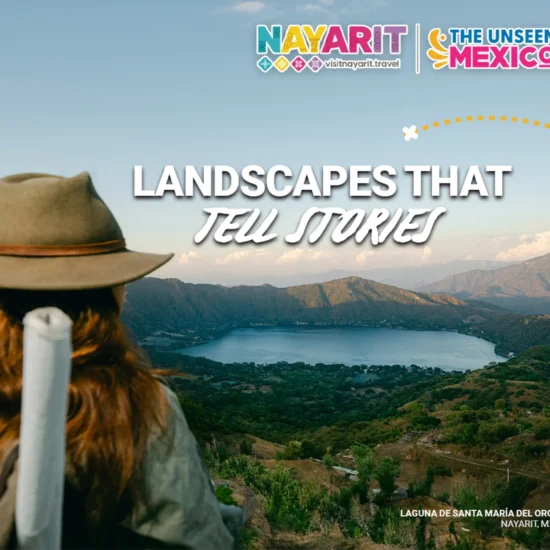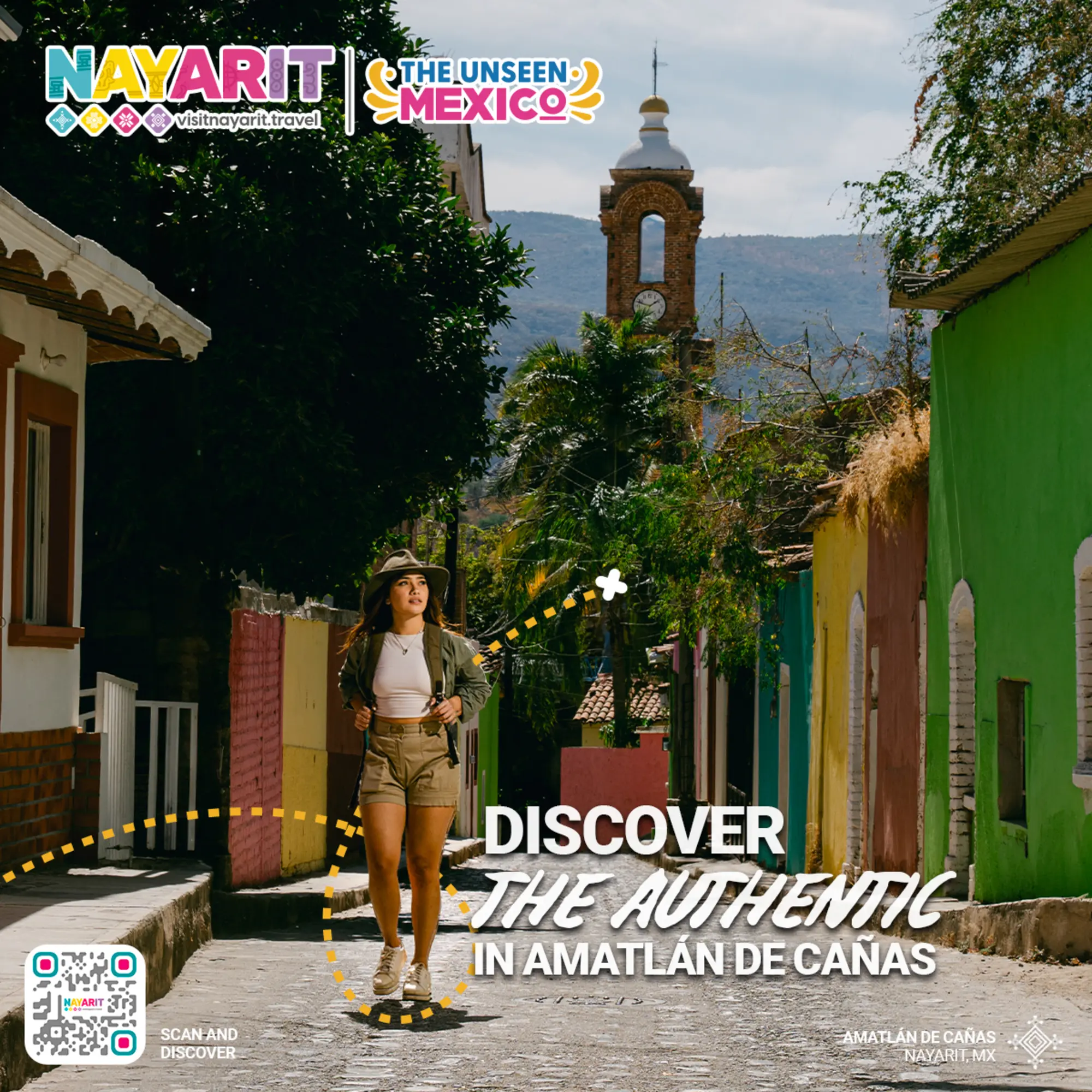
Amatlán de Cañas: The Hidden Magical Town Among Mountains
Sometimes, the most memorable destinations aren’t the most famous, but rather those hidden gems nestled among the mountains. That’s how I discovered Amatlán de Cañas—a corner of Nayarit where adobe houses whisper stories, cobblestone streets invite leisurely strolls, and nature offers unforgettable vistas.
Day 1: From Tepic to Amatlán—A Journey of Flavor and Tradition
My adventure began in Tepic, the state’s capital, with breakfast at Emiliano Comida y Vino, a downtown restaurant that fuses traditional Nayarit cuisine with haute culinary techniques.
I ordered Sicilian-style pesto eggs: crusty bread topped with fried eggs, ricotta, sun-dried tomato pesto with garlic and basil, and a pecorino sabayon. Paired with aromatic high-altitude Nayarit coffee and sourdough bread, it was the perfect start before hitting the road.
A perfect start before hitting the road
Taking the Tepic–Ixtlán del Río highway and then the free road, the landscape transformed as I drove: lush hills seemed to touch the sky, and winding roads revealed spectacular natural viewpoints.

Stop in Ahuacatlán: Colonial History and Architecture
Before continuing, I stopped in Ahuacatlán, a town with unique colonial charm. In its main square, I found a tranquil atmosphere, surrounded by leafy trees and benches where elders rested, watching life pass by with the serenity that only years can bring.
What caught my attention were its two imposing churches facing each other: on one side, the Parroquia de San Francisco de Asís, with its stone façade and bell tower rising above the town; on the other, the Iglesia del Señor del Perdón, a temple of simple architecture but great historical value. This architectural contrast makes the square a fascinating spot.
After a few minutes enjoying the tranquility, I resumed my journey toward Amatlán de Cañas, with a few more stops along the way.
Barranca del Oro: Photos and an Unexpected Craving
My first stop was Barranca del Oro, a small village nestled among mountains. From its natural viewpoints, the scenery was simply breathtaking: hills covered in vegetation, clouds seemingly touching the earth, and fresh air inviting one to linger.
I took some incredible photos of the church and main streets, particularly noting a green, antique façade with an equally old wooden door—reflecting the town’s historic character.
eeling hungry, I asked a local for a snack recommendation and was directed to Panadería Nico, a small bakery with the aroma of freshly baked bread. I tried a concha and a cajeta-filled horn, both with a fluffy texture and perfect sweetness to continue the journey energized.
El Rosario and El Manto: A Hidden Paradise
Continuing the route, I arrived at El Rosario, a village famous for El Manto—a natural spring within a canyon. To reach the waterfall, I descended 144 steps. As I went down, the sound of water intensified, and I began to see the water body winding between rocks.
Venturing further, I discovered a natural canyon with rock walls covered in lush vegetation. At the end of the path, I encountered an impressive waterfall about 7 meters high, its crystalline veil forming a curtain inviting a dip. I didn’t hesitate to take a refreshing swim, feeling the current rejuvenate every part of me.
Estancia de los López: Tradition, Flavor, and a Street Frozen in Time
Next, I visited Estancia de los López, a village with a strong artisanal tradition. My first stop was the peanut factory, where I witnessed the production process using techniques passed down through generations.
I tasted a peanut sauce with a perfect balance between creaminess and spiciness, as well as honey and sesame-coated candied peanuts. Each bite had an authentic flavor reflecting the care put into these products.
A few blocks uphill from the main square, I found a street where all the houses are made of adobe. Time seemed to have stopped there: rustic-textured walls with the green of the mountain contrasting the earthy tones of the village. A corner that conveys the region’s essence in every detail.
Amatlán de Cañas: History, Tradition, and Hospitality
Finally, I arrived in Amatlán de Cañas. Upon entering the town, its cobblestone streets and adobe houses with red tile roofs welcomed me.
My steps led me to the Lateran Basilica, also known as the Templo de Jesús de Nazareno, built in 1881. Inside, the architecture and the revered image of Jesús de Nazareno caught my attention, reflecting the community’s deep devotion.
Upon exiting, I met the tejuino vendor right in front of the square. I bought a cold glass of this fermented corn drink, with its characteristic acidic and refreshing touch—perfect to beat the midday heat. I sat in the main square, enjoying the tejuino while observing the town’s daily life.
Flavors That Capture the Soul
After exploring the town, hunger led me to Los Tukanes, a traditional restaurant where I tried the famous camarones a la cora and freshly grilled arrachera—a true feast.
Satisfied and looking for a place to rest, I found Bungalows Pavorreales, accommodation surrounded by nature.

Day 2: A Journey Through Artisanal Chocolate Flavors
I began my second day in Amatlán de Cañas with a hearty breakfast at Mi Lindo Nayarit, a cozy restaurant located right in front of the Lateran Basilica. I opted for a traditional dish: eggs to taste, refried beans, and freshly handmade tortillas, giving it that incomparable homemade touch. I accompanied the meal with café de olla, perfect to start the morning with energy and the authentic
One of the gastronomic treasures of Amatlán is its artisanal production of chocolate and peanuts—two products with a deeply rooted history in the region.
At the chocolate corridor with Mrs. Olga Lidia, I observed the traditional process: cacao is slowly roasted on clay griddles, then ground on volcanic stone to create a thick, aromatic paste. I tasted a cup of metate-style chocolate, prepared with cinnamon. The flavor was intense, with a slightly grainy texture that made it even more authentic.
A Destination to Discover
After taking one last stroll through its streets, I knew this trip had been much more than a simple getaway. Amatlán de Cañas isn’t a mass tourism destination—it’s a refuge for those seeking authenticity, history, and breathtaking landscapes. I took home more than memories: I carried with me flavors, stories, and a genuine connection with this corner of Nayarit.



